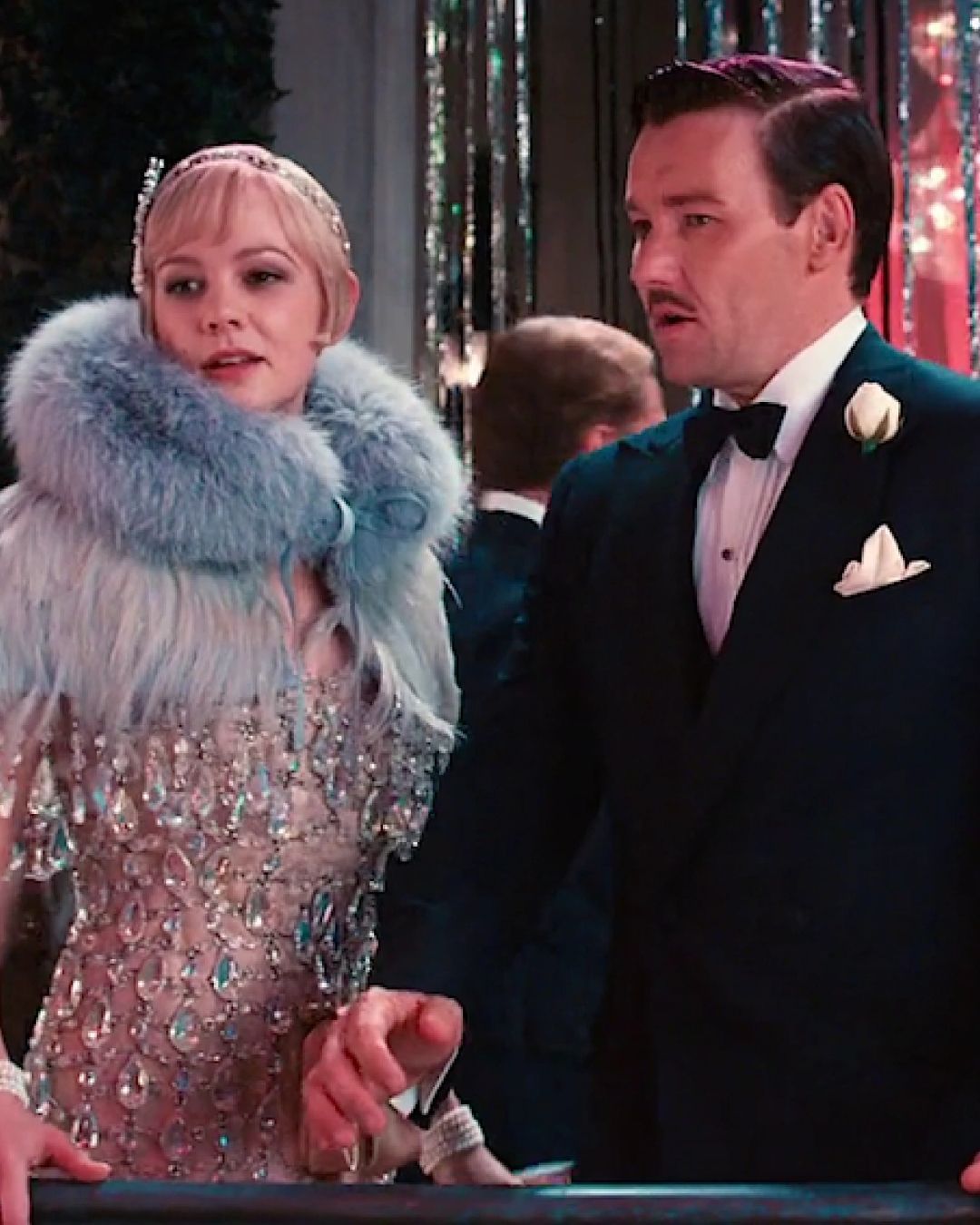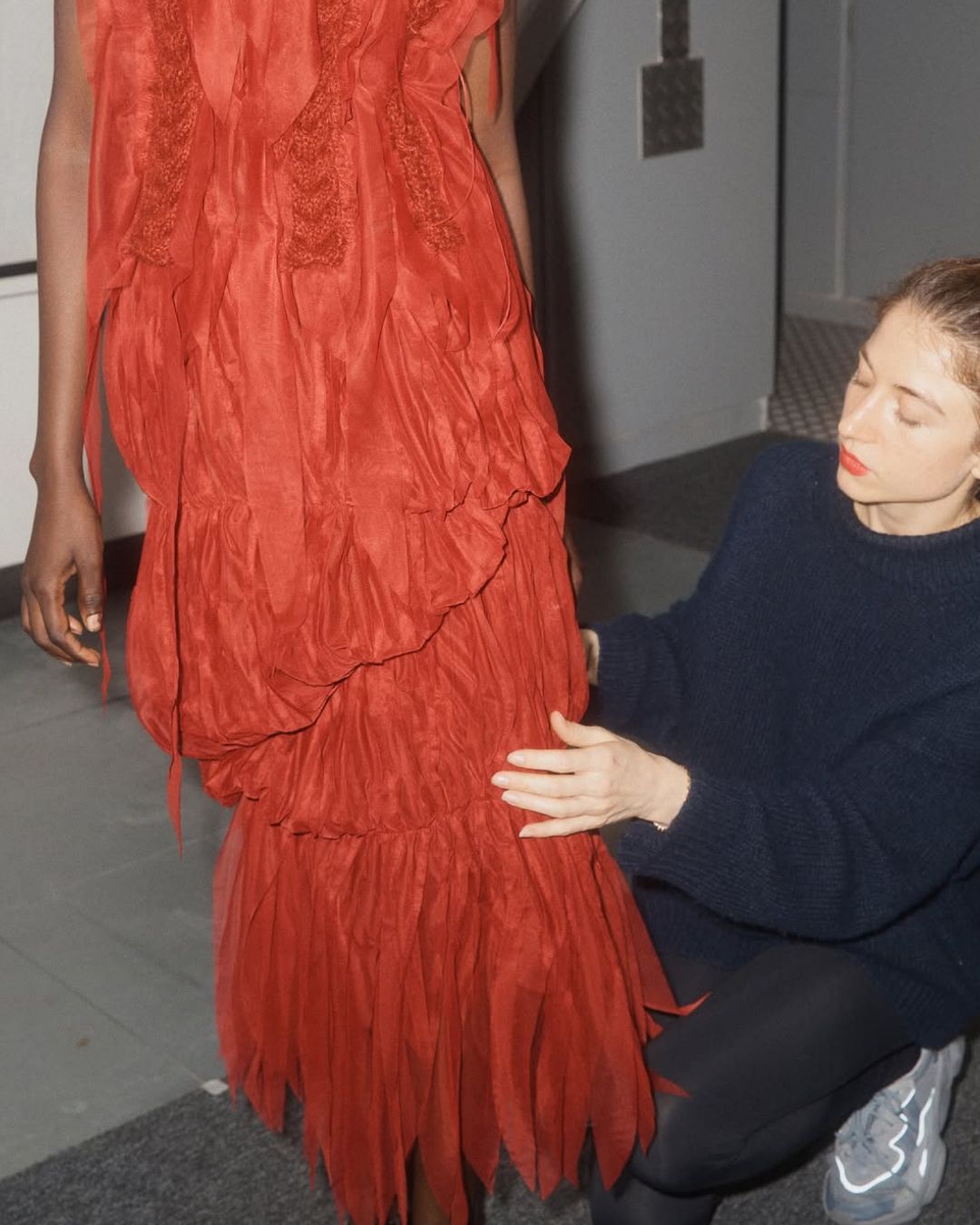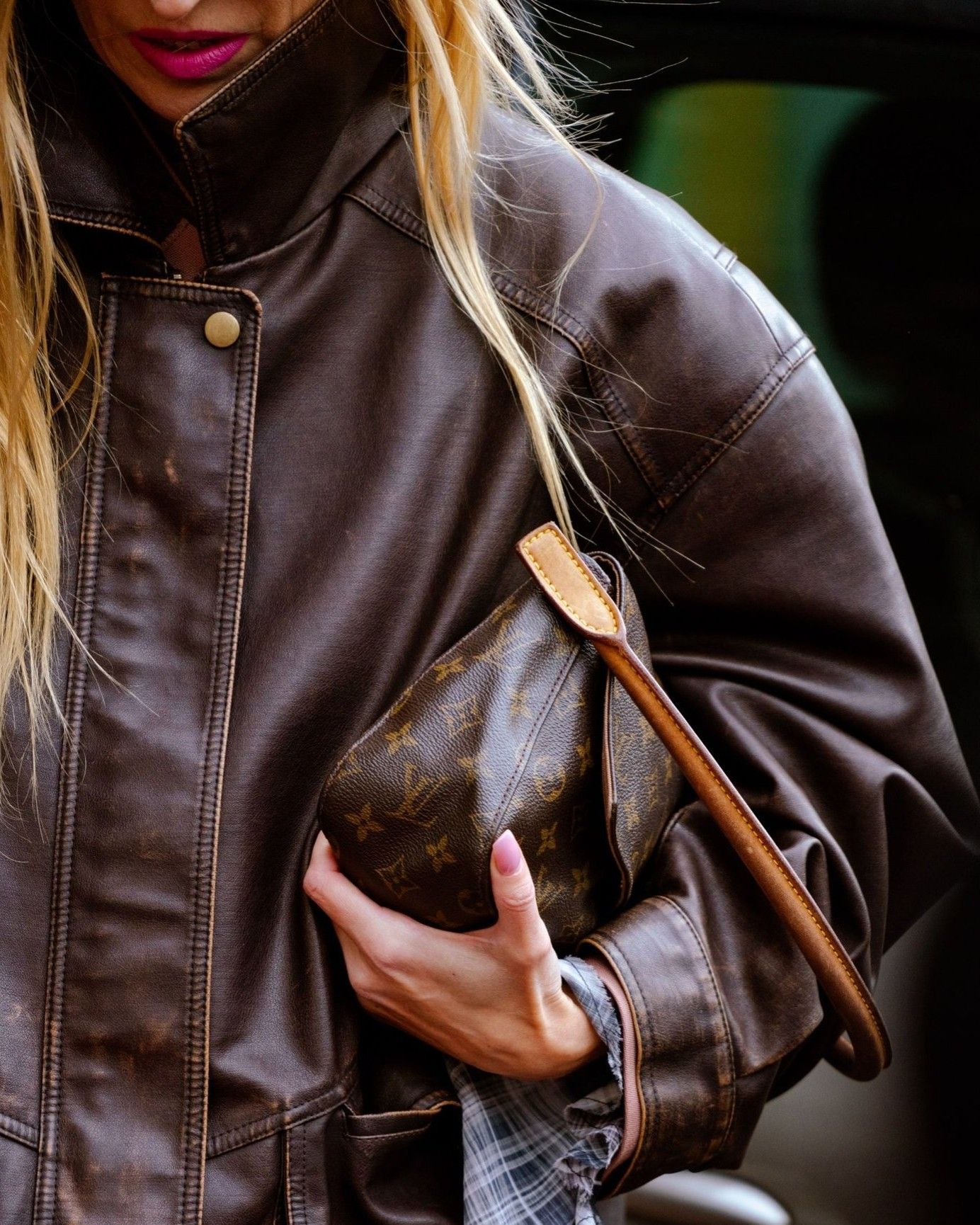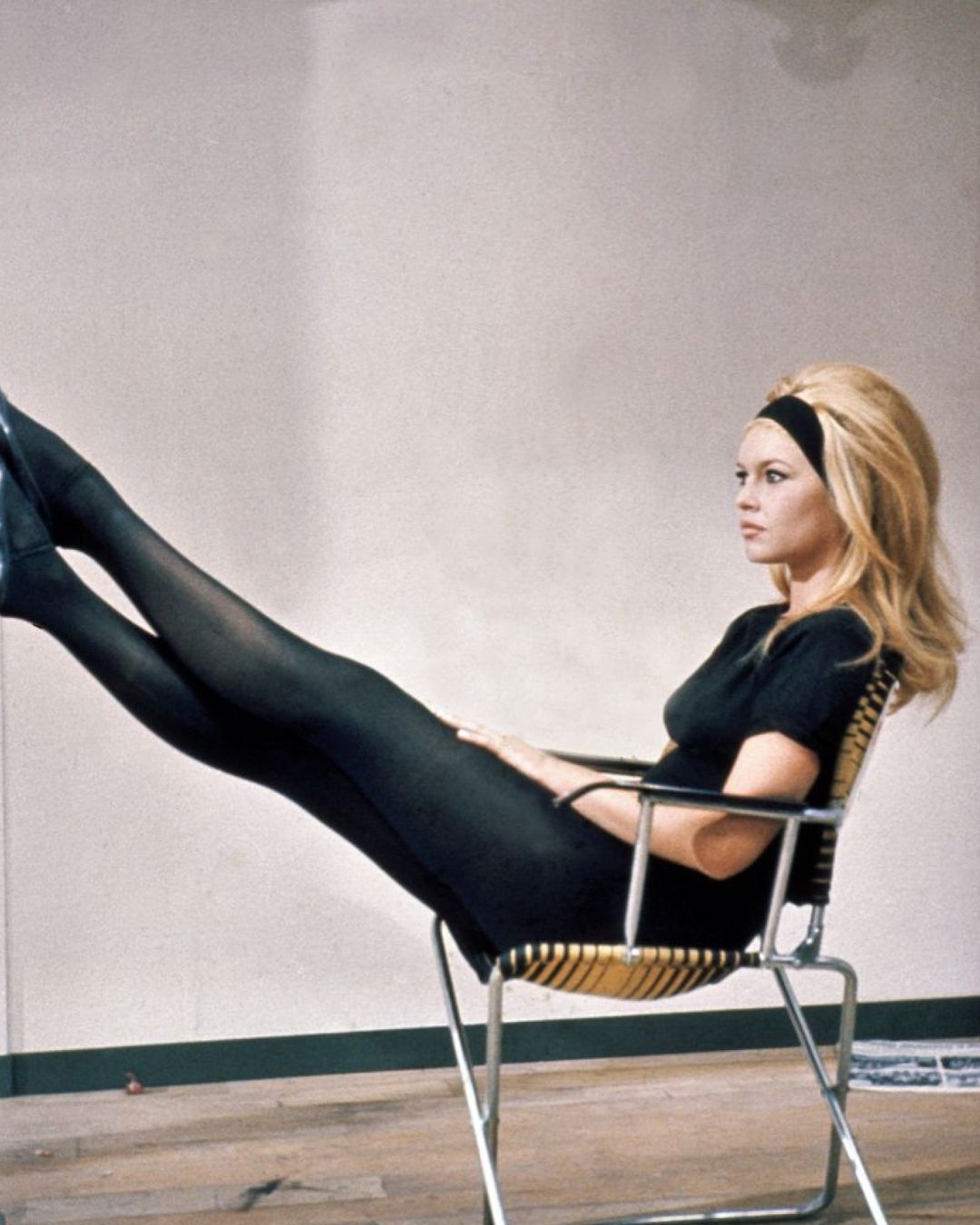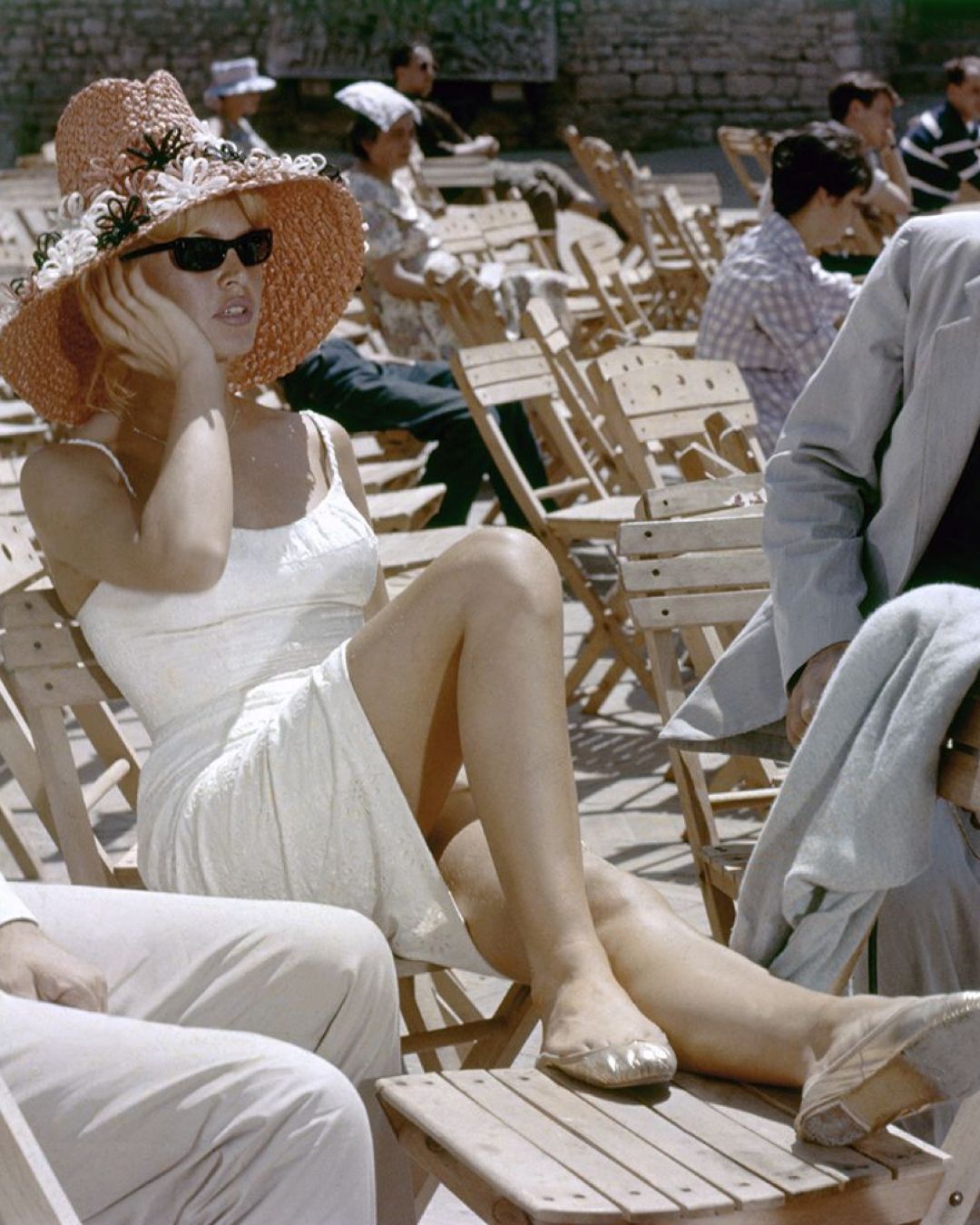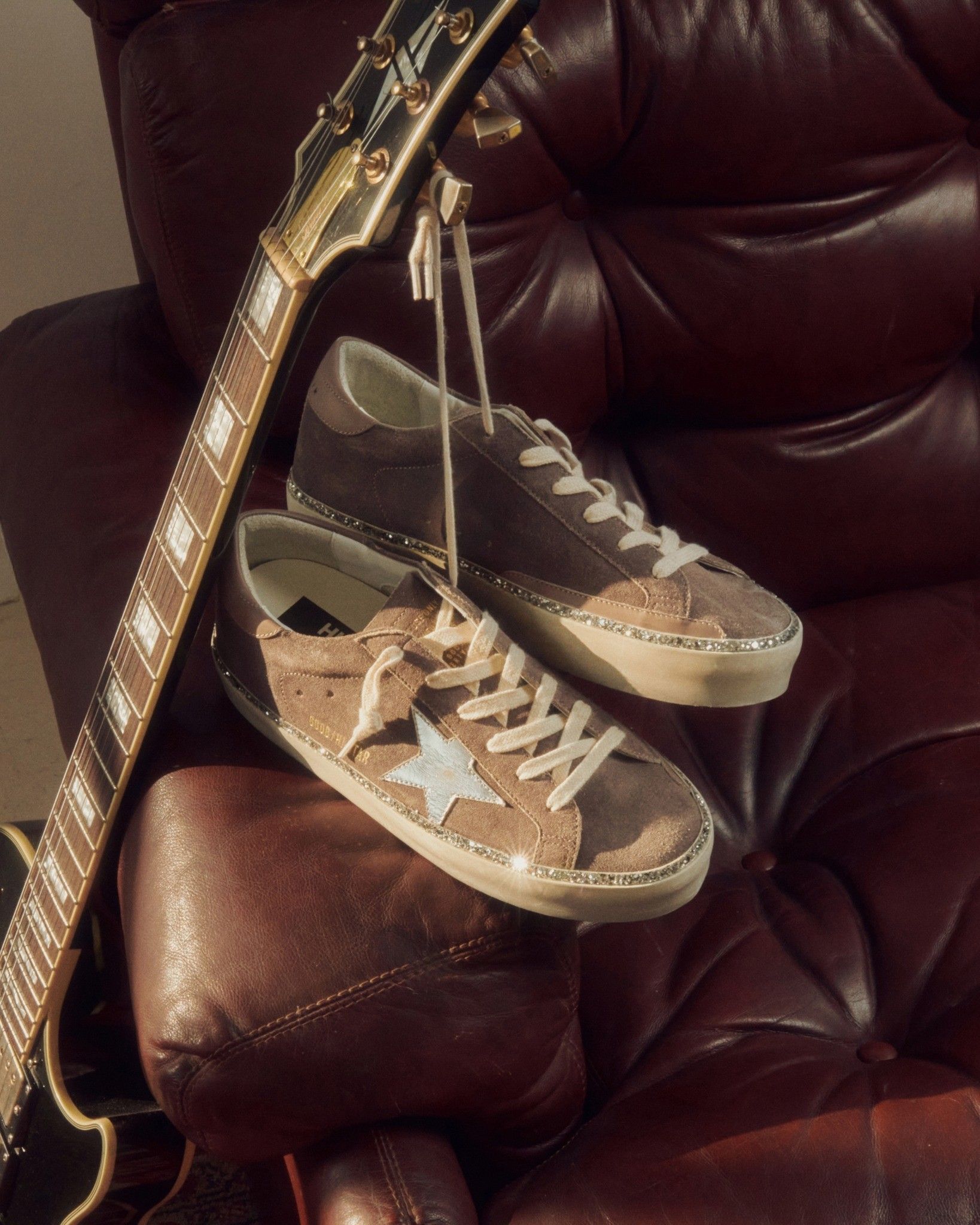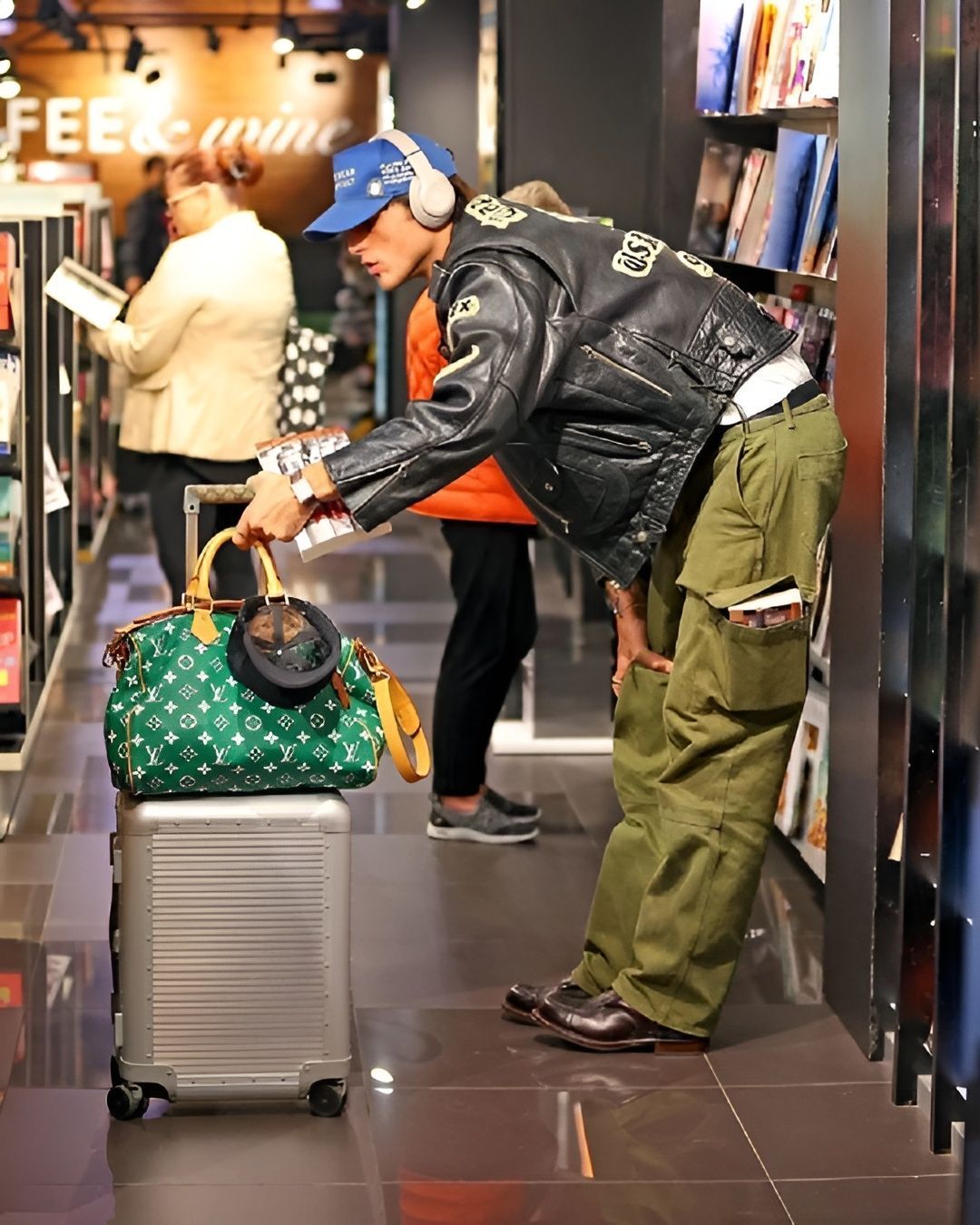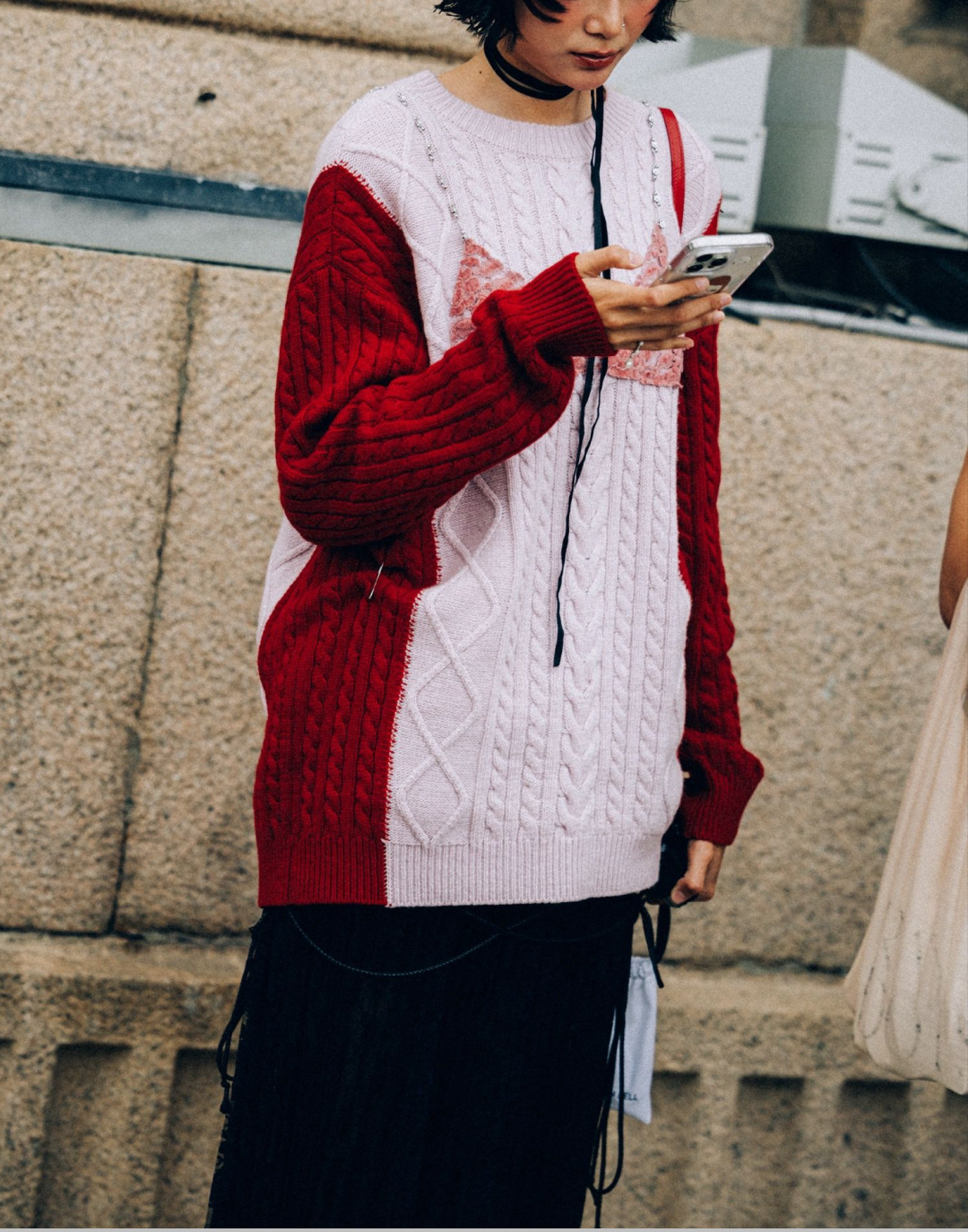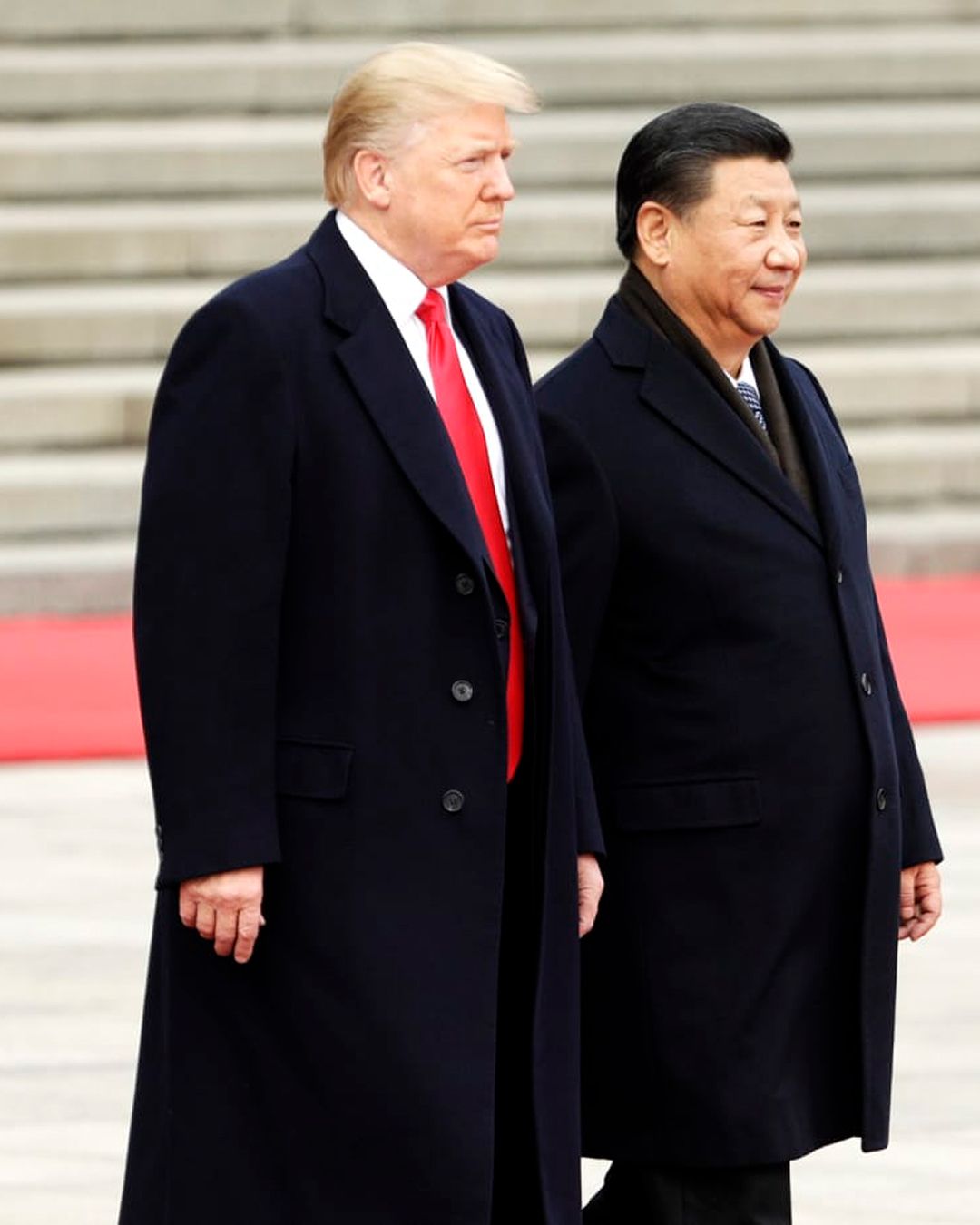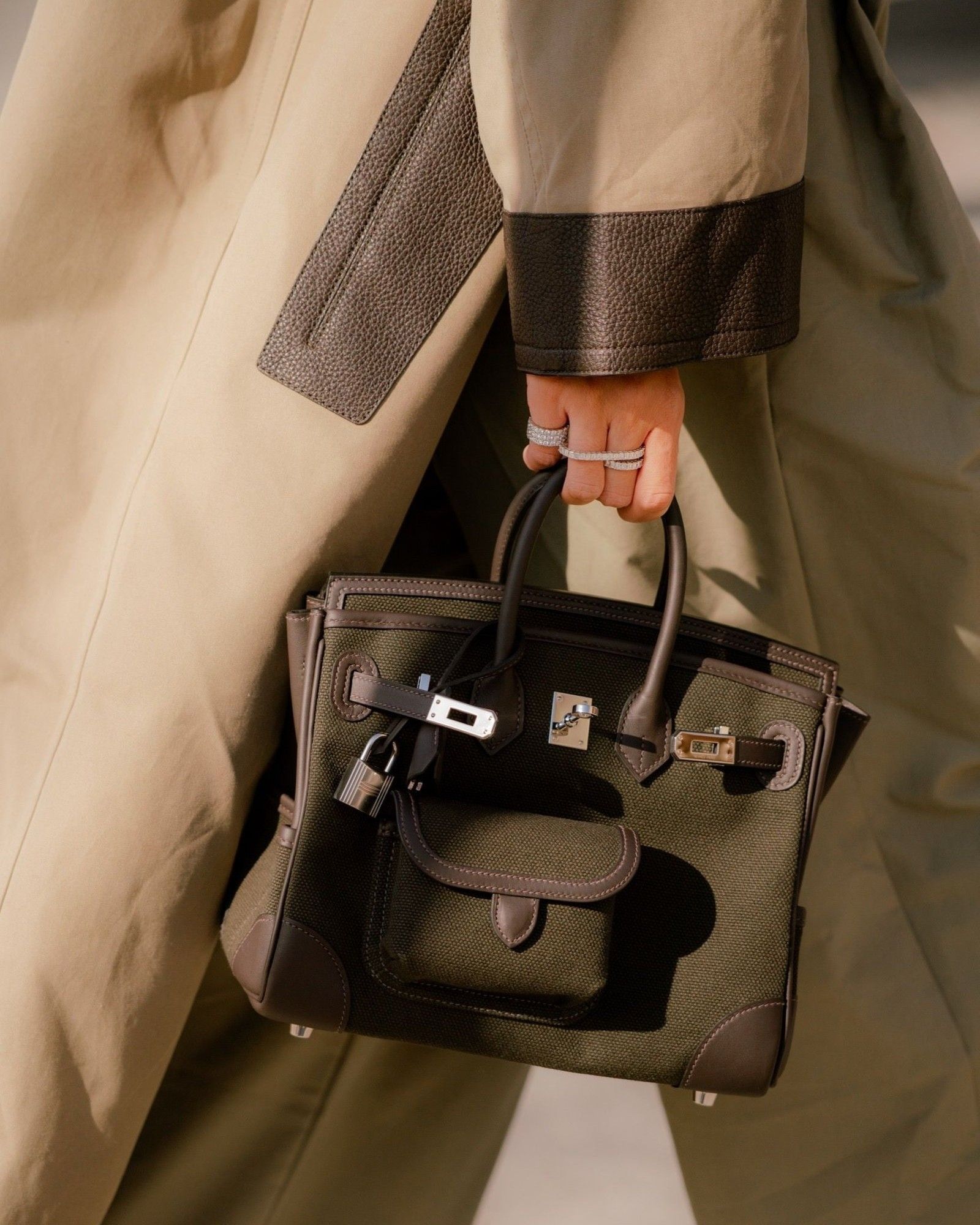
Hermès too raised prices in America Between duties and currency fluctuations, that Birkin will cost you even more money
Maybe it’s true that when it rains, it pours. Starting today, if you're in America and at the top of the waiting list to buy your Birkin or Kelly, get ready to pay even more than you would have a month or even a week ago. It has been announced that the price increases already discussed by the Hermès management during the last shareholders’ meeting in April have now come into effect across all categories currently on sale in the United States. Price adjustments that respond to the 10% tariffs imposed by the Trump administration and the weakening of the dollar, with the aim of protecting profit margins without compromising the brand’s image. At the end of April, Louis Vuitton also raised prices – other brands will likely follow. According to analysts at Bernstein, who spoke with WWD, Hermès has increased prices by an average of 4%–5% across its main categories – though the increases were not uniform. For example, we do not know how much models like the Birkin, Kelly, or Constance – sold only in-store and relatively privately – have gone up. Watches, on the other hand, a category under more pressure and down 10% at the start of the year, saw prices rise by about 3.4%. Women's prêt-à-porter, which grew by 7.2% since the start of the year with sales of €1.15 billion, saw a price increase of 4.2%. The rest of the bags, as well as women's jewelry and scarves, rose by about 5%.
@aldynyc This is one of the most unique and biggest Hermès stores in the entire world! Located on the Upper East Side in NYC, this store feels like visiting a fabulous friend at their luxury townhouse! #nyc #hermes #nycrealestate #uppereastside #hermesbag #luxuryshopping #hermeskelly #hermesbirkin Taste - Sabrina Carpenter
Despite the price hikes, CEO Axel Dumas expressed confidence in the strength of demand for Hermès, saying at the same meeting that during the 2008 financial crisis, «there was a flight to quality. Hermès, in a sense, is the gold standard». In fact, the brand reported 17% year-over-year growth in Q4 2024 and maintained momentum into 2025, with a 10% sales increase in Q1. A growth resulting from the brand’s now well-established strategies, which could be summarized as unwavering confidence in the product and a tendency toward measured, organic growth. To meet demand, Hermès has already announced the construction of four new production sites over the next four years. The brand's remarkable resilience emerged in the latest report from the region currently posing the biggest challenges for fashion: China, where the brand continued to grow even in Q1 2025 – not a given in today’s volatile luxury landscape. «When consumers become more cautious and cut their budgets – as is the case in China – Hermès is the last brand they give up», noted Luca Solca in WWD.
The categories least affected by price increases were perfumes, cosmetics, and home goods. These entry-level segments, aimed at aspirational consumers, remained relatively unchanged – meaning the brand likely absorbed tariff costs in order to maintain the trust of its more “modest” clientele, which represents a solid 3.5% of the group’s total sales. In Q1 2025, perfumes and cosmetics posted a slight decline of 0.5%, with sales totaling €129 million, while the home and jewelry segment grew by 6.1%, reaching €256 million. Hermès’ strategy proved farsighted. Andrea Guerra, CEO of the Prada Group, once said that raising top-line prices while keeping bottom-line ones low should have been a strategy from the beginning. As we’ve said repeatedly in recent months, abandoning the aspirational segment – however minor its financial impact – almost always results in greater reputational damage – the public loves an exclusive brand but distrusts or ignores one that is exclusionary.


